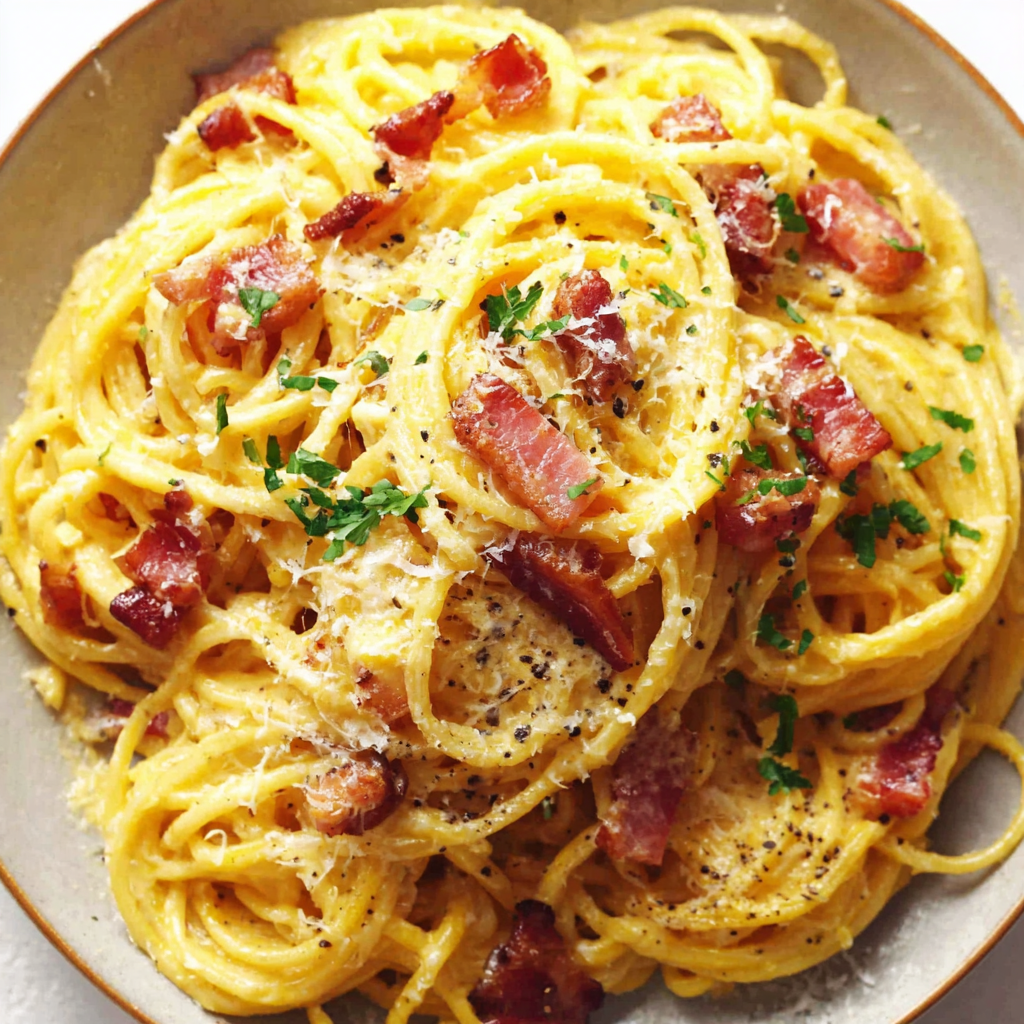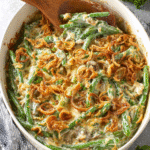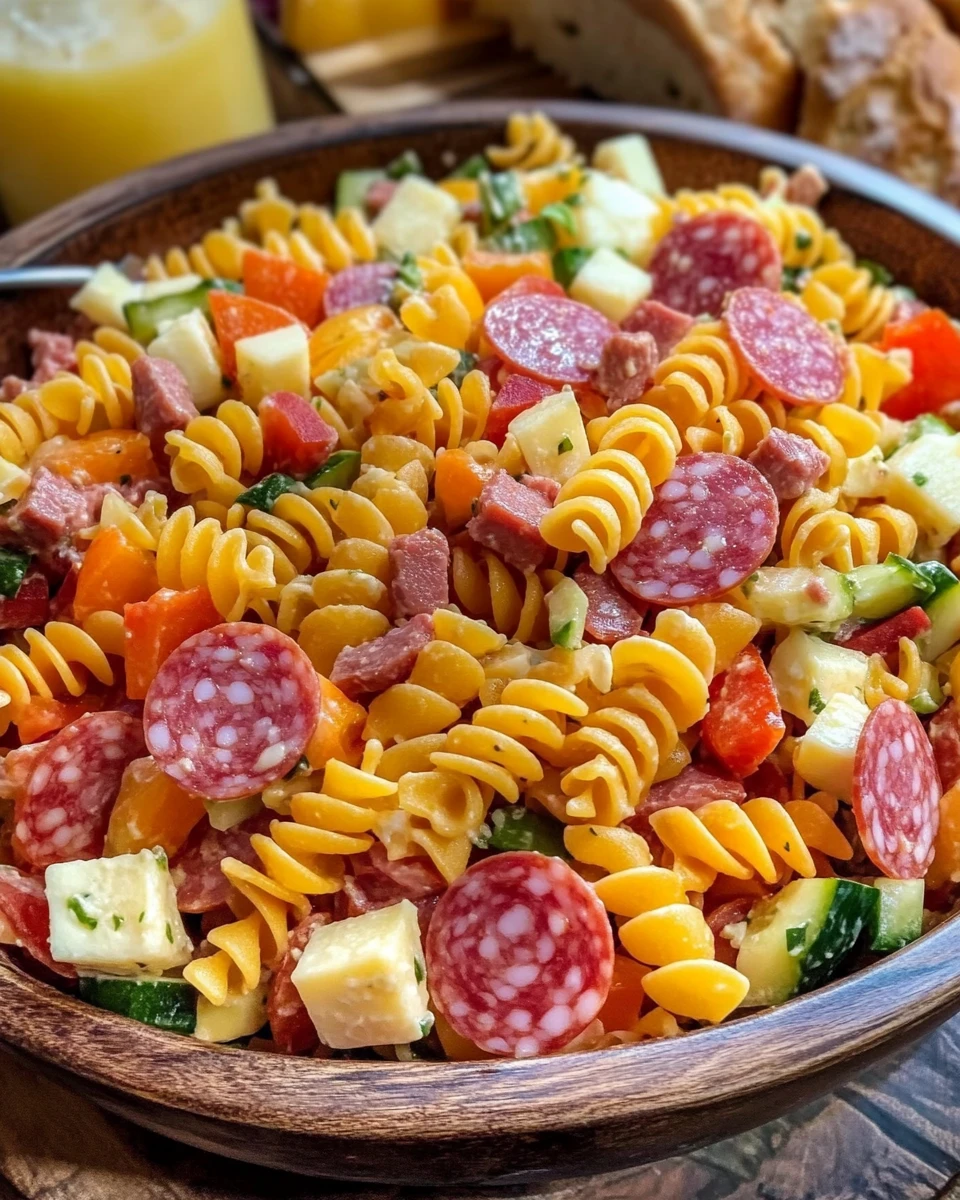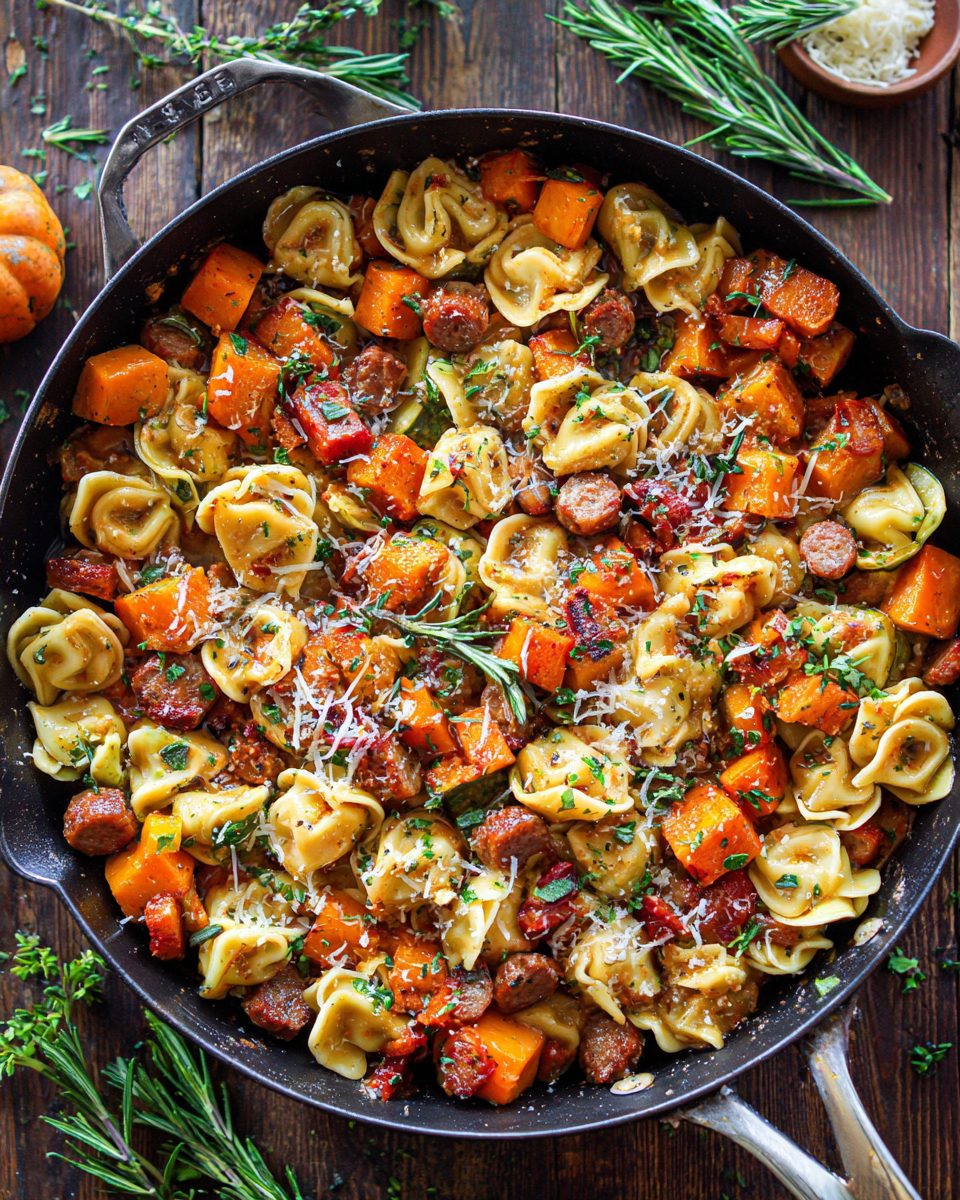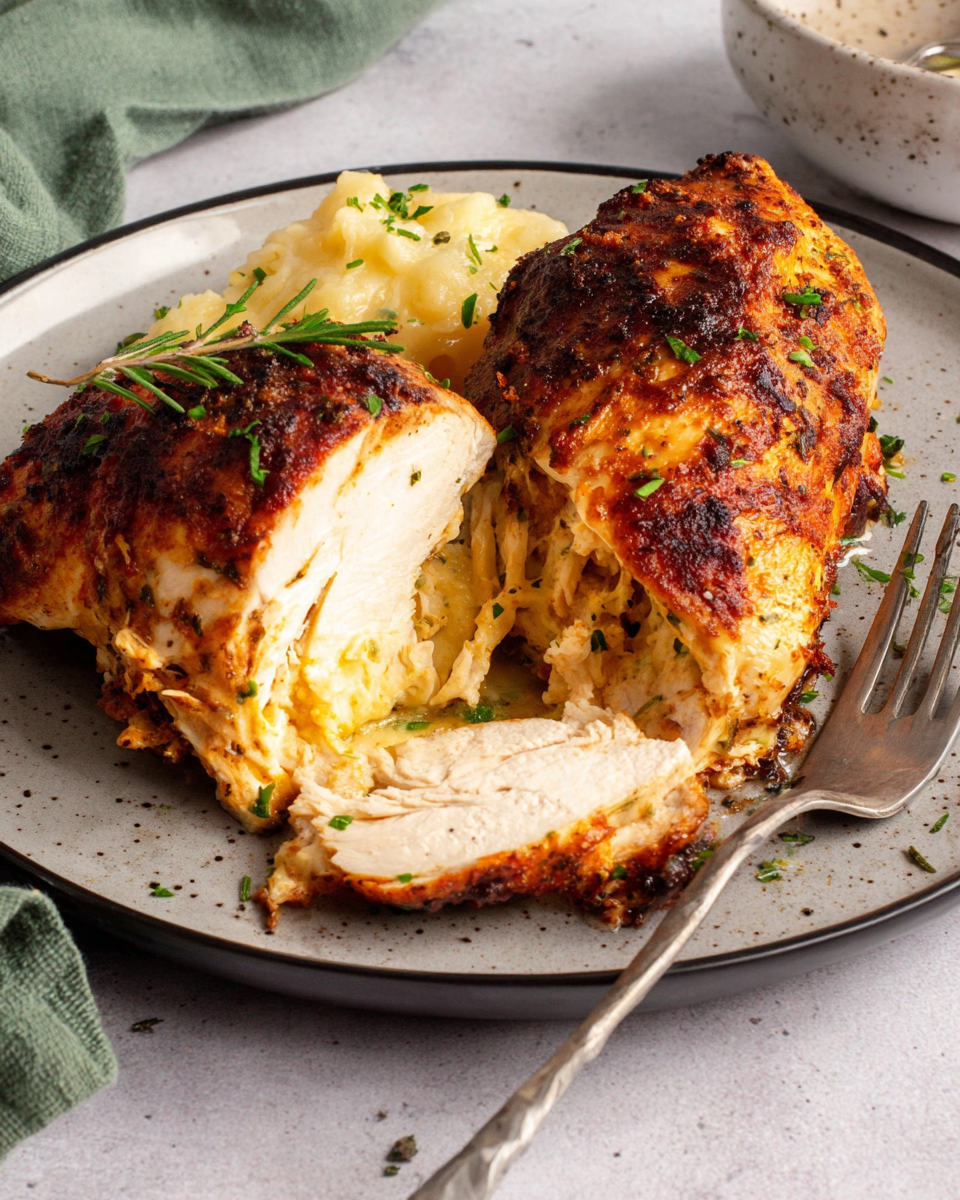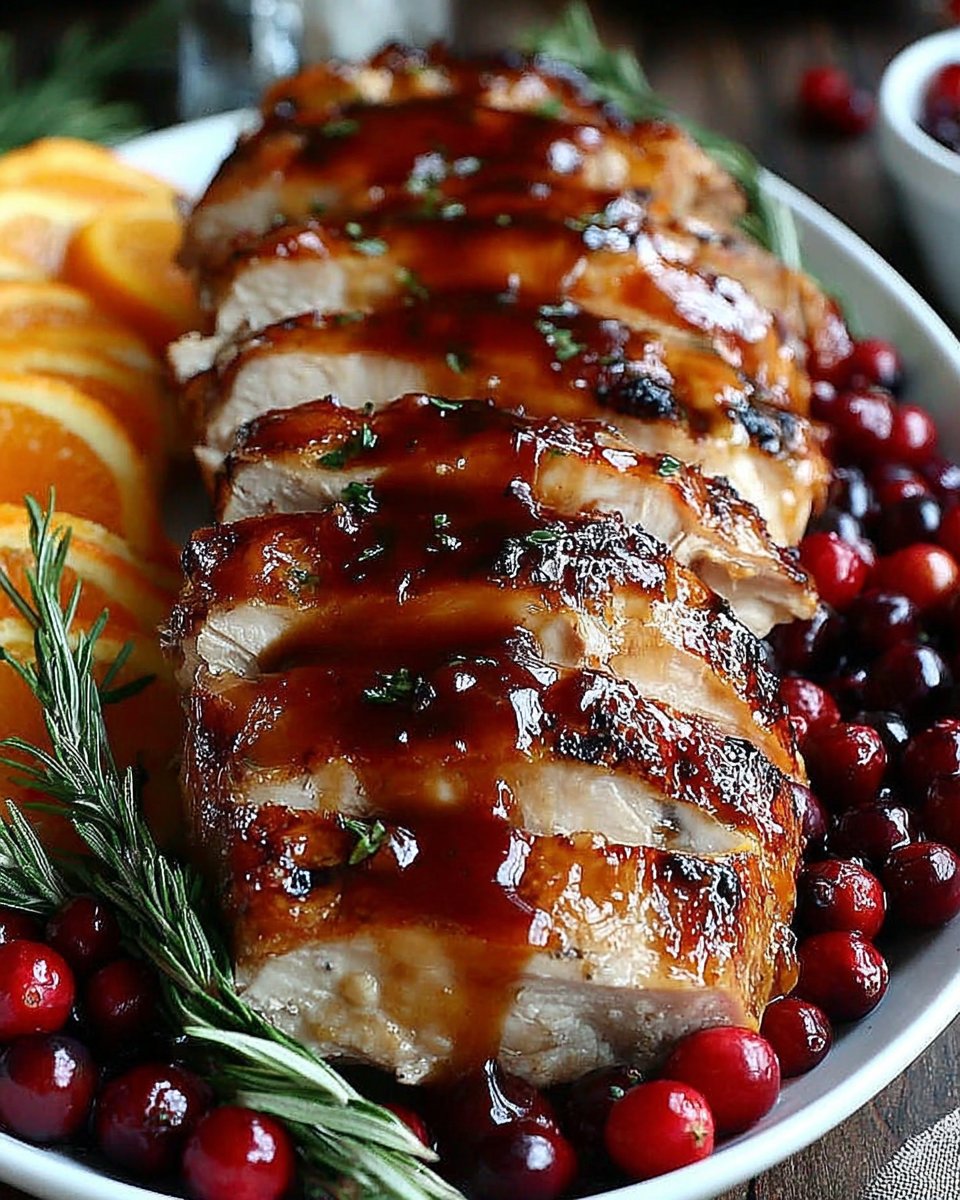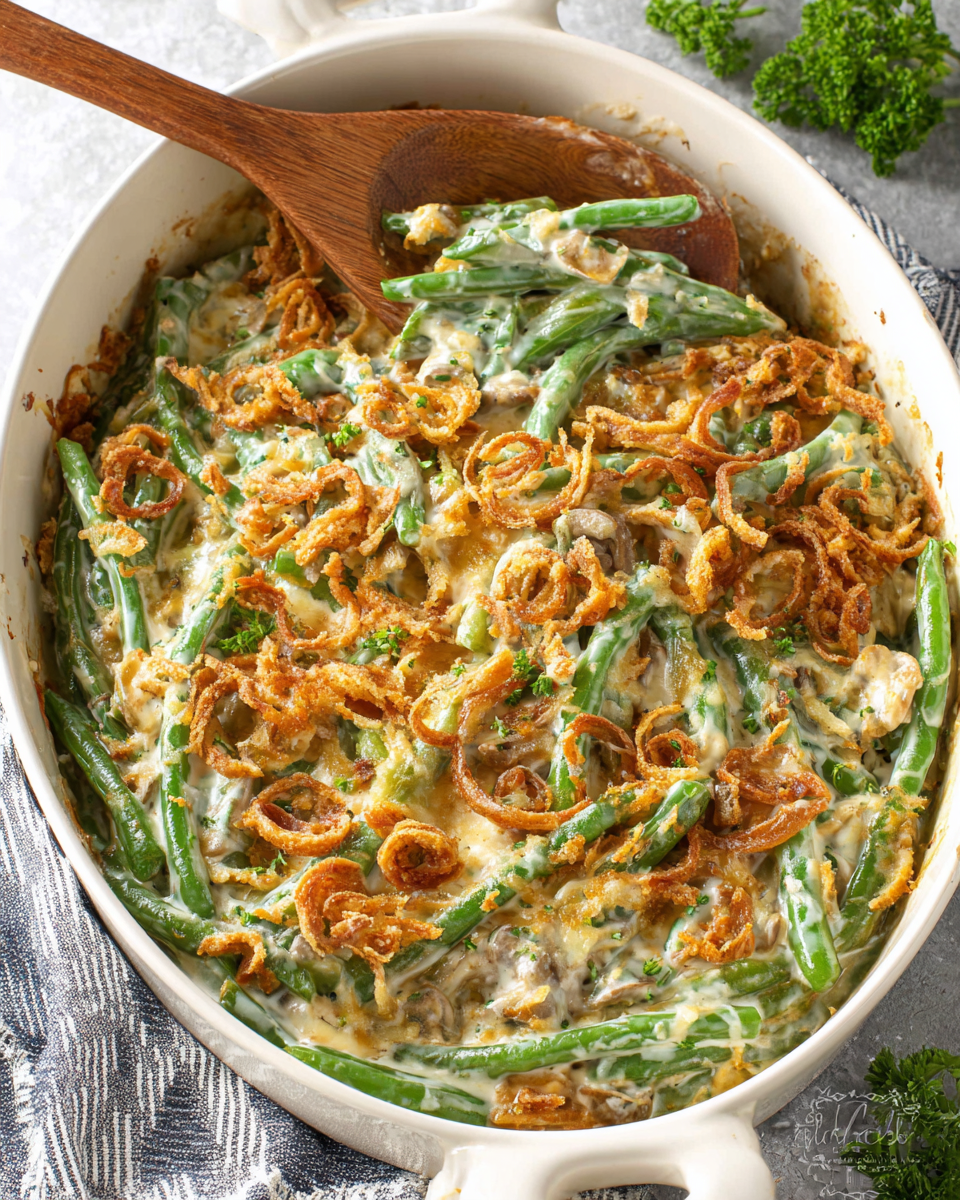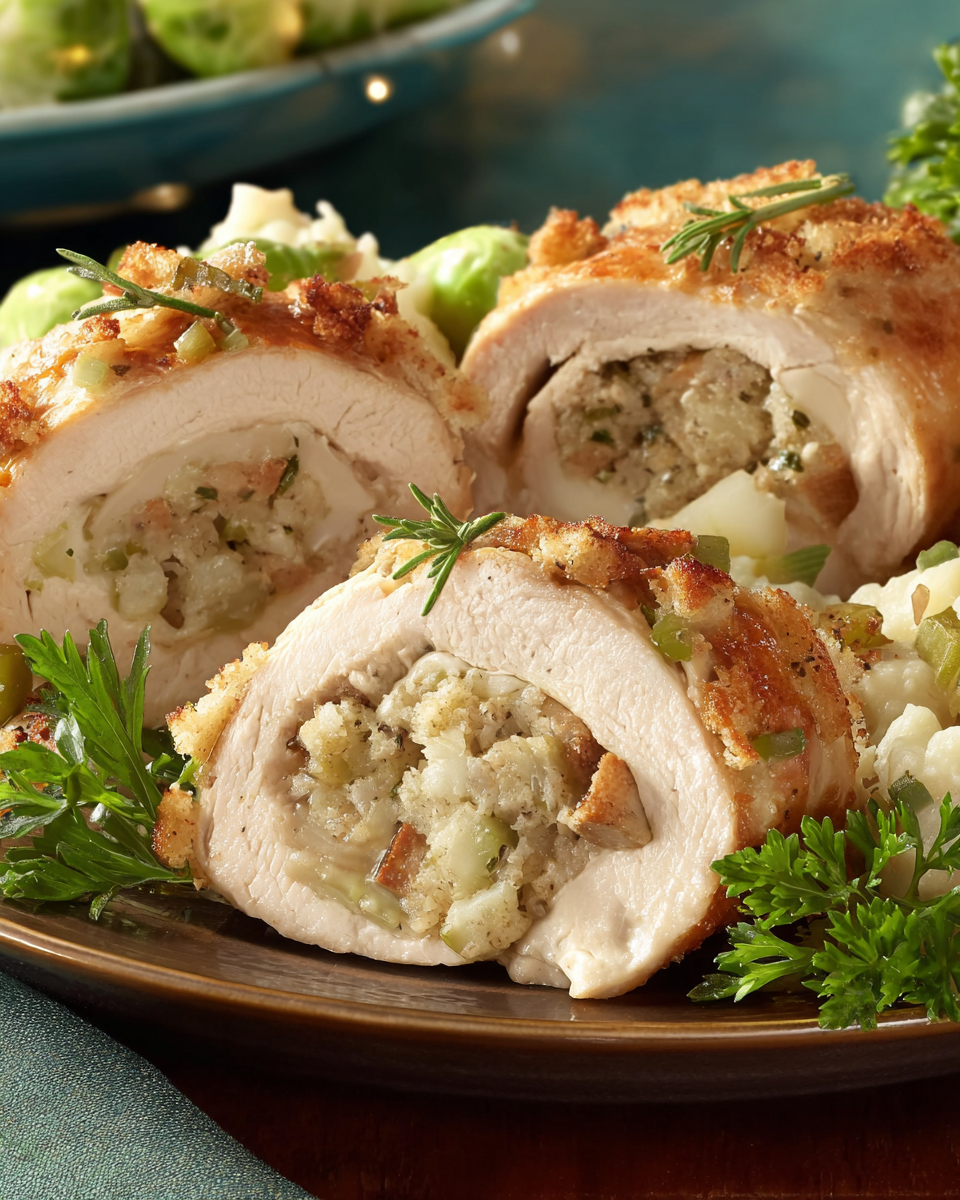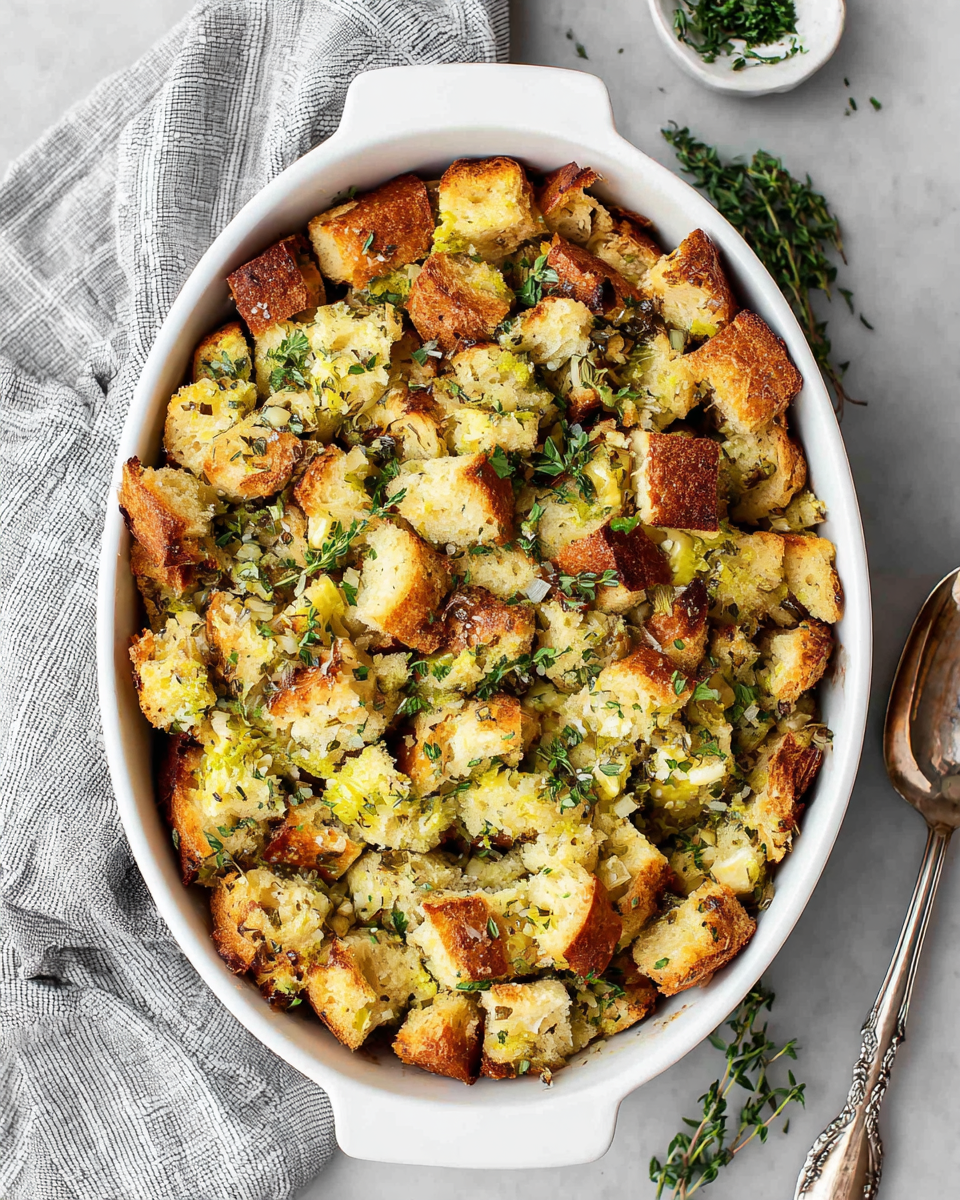Introduction
Spaghetti Carbonara is a traditional Italian dish that evokes comfort and simplicity. It hails from Rome and combines basic ingredients to create a rich and satisfying meal. This dish has earned its place in kitchens around the world due to its delightful flavors and ease of preparation.
The magic of Carbonara lies in the harmonious blend of pasta, eggs, cheese, and cured pork, creating a creamy sauce without the use of cream. Once you master the technique, you'll enjoy preparing this dish time and again, impressing family and friends with your culinary skills.
While it may seem straightforward, there are a few tips and tricks to ensure your Carbonara comes out perfectly every time. From selecting the right ingredients to mastering the cooking method, let's delve into the art of making this iconic Italian classic.
Ingredients
- 400g spaghetti
The foundation of Carbonara, spaghetti offers the ideal texture to hold the creamy sauce. Its long, thin shape allows for even distribution and perfect mouthfuls. - 150g guanciale or pancetta
This cured pork gives Carbonara its distinct flavor. Guanciale, made from pork cheek, lends a rich depth, while pancetta is a more widely available alternative that still results in deliciousness. - 3 large eggs
Eggs are the key to achieving the creamy sauce that characterizes Carbonara. They emulsify when mixed with the pasta, giving the dish its luxurious consistency without additional cream. - 100g Pecorino Romano cheese
A sharp and salty sheep's cheese, Pecorino Romano adds a tangy flavor that complements the richness of the guanciale. It's essential for the authentic Carbonara experience. - Freshly cracked black pepper
Black pepper provides a spice that balances the richness of the dish and adds complexity. It's a traditional finishing touch that enhances every bite. - Salt
Salt is crucial, but it must be used judiciously. Since both the pasta water and Pecorino Romano contribute saltiness, careful seasoning ensures the dish isn’t overly salty.
Directions & Preparation
Step 1: Cook the spaghetti.
Bring a large pot of salted water to a boil. Add the spaghetti and cook it until al dente, usually about 8-10 minutes. This is crucial because overcooked pasta will become mushy and won’t hold the sauce effectively. Remember to reserve about a cup of the pasta water before draining; this starchy water will help emulsify the sauce.
Step 2: Render the guanciale or pancetta.
In a large skillet over medium heat, add the diced guanciale or pancetta. Allow it to cook until it's crispy and has released its fat, taking roughly 4-5 minutes. This step is vital, as the fat provides flavor to the dish and forms the base for the creamy sauce. Stir regularly to ensure even cooking.
Step 3: Mix the eggs and cheese.
In a bowl, whisk together the eggs and grated Pecorino Romano cheese until smooth. This mixture will become the creamy sauce once combined with the hot pasta. Make sure to do this while the pasta cooks, so it's ready when the pasta is done. The eggs must not scramble, so having this ready is crucial for achieving the right texture.
Step 4: Combine the pasta and pork.
Once the spaghetti is cooked and drained (remember to reserve the pasta water), quickly add it to the skillet with the crispy guanciale. Remove from heat to prevent scrambling the eggs. Stir gently to coat the pasta in the rendered fat, which will enrich the dish and prevent sticking. Timing is key; the hot pasta will gently cook the egg mixture, creating the creamy sauce.
Step 5: Add the egg mixture.
With the pasta in the skillet, pour in the egg and cheese mixture while tossing the pasta rapidly. This step is essential to achieving a creamy texture; the heat from the pasta will thicken the mixture without scrambling the eggs. If the sauce is too thick, gradually add some reserved pasta water until you reach the desired creaminess. Taste and adjust seasoning with salt and black pepper.
Step 6: Serve immediately.
Plate the Carbonara right away, garnishing with additional Pecorino Romano and cracked black pepper. Carbonara is best enjoyed fresh, as it can thicken upon standing. The heat will continue to cook the eggs slightly, ensuring a creamy finish as you serve it hot and inviting. The aroma and rich flavors will have everyone at the table eager for a taste.

The Role of Roux in Carbonara
While traditional Carbonara relies on the egg mixture for creaminess rather than a roux, understanding the technique is beneficial. A roux, made from flour and fat, thickens sauces, but in this dish, the rendering of guanciale creates a rich fat base. The key lies in the emulsion of eggs and cheese with the heated ingredients, demonstrating that not all creamy sauces require flour.
Exploring Variations of Carbonara
Although classic Carbonara is beloved, diversas alternatives have sprouted over the years. Some might incorporate mushrooms, peas, or even chicken for a twist while still maintaining the essence of the dish. While these variations can be delightful, it's essential to respect the balance of flavors and techniques that make traditional Carbonara stand out as a timeless recipe.
Perfectly Pairing Wines with Carbonara
Choosing the right wine to pair with Spaghetti Carbonara can elevate your dining experience. A crisp white wine like Pinot Grigio or an earthy red such as Chianti complements the dish's richness beautifully. The acidity in these wines cuts through the creaminess of the pasta, enhancing flavors and making each bite more enjoyable, creating a harmonious dinner experience.
FAQs
What should I do if my Carbonara sauce is too thick?
If your Carbonara sauce is too thick, thin it out by gradually adding reserved pasta water until you achieve the desired creamy consistency. The hot water will help integrate the sauce.
Can I use bacon instead of guanciale?
Yes, bacon can be used as a substitute for guanciale, though it may impart a different flavor. Opt for a less smoked variety for a taste that stays true to the original recipe.
Is it necessary to whisk the eggs and cheese together?
Yes, whisking the eggs and cheese together creates a smooth mixture essential for ensuring even distribution in the sauce and preventing clumping when combined with the pasta.
What if my guanciale does not get crispy?
If your guanciale isn't getting crispy, increase the heat slightly and ensure it’s cooked in a single layer, allowing for proper rendering of fat and even cooking.
Can I use another type of cheese?
While Pecorino Romano is traditional, you can substitute with Parmigiano-Reggiano. However, it will change the flavor slightly and result in a less sharp taste.
What if my eggs scramble while mixing?
If your eggs scramble, it’s likely due to too much heat. Next time, ensure you mix the egg and cheese mixture off the heat, allowing the residual heat from the pasta to cook the eggs gently.
Conclusion
Spaghetti Carbonara is more than just a dish; it's a celebration of simplicity and flavor that showcases the essence of Italian cuisine. Once you understand the importance of each ingredient and step, you’ll find joy in its preparation and the delight it brings.
With practice, this dish will become one of your favorites to make and share, inviting warmth and comfort to your dining table. Embrace the challenge and relish the results, as each plate of Carbonara is a testament to timeless cooking traditions.
Recipe Card
Making a Quick and Easy Green Bean Casserole
Ingredients
- 2 cans 14.5 ounces each green beans, drained
- 1 can 10.5 ounces cream of mushroom soup
- 1 cup milk
- 1 cup French fried onions divided
- 1 teaspoon soy sauce
- Salt and pepper to taste
Instructions
- Preheat your oven to 350°F (175°C).
- In a large mixing bowl, combine the green beans, cream of mushroom soup, milk, soy sauce, and half of the French fried onions.
- Add salt and pepper to taste, mixing until well combined.
- Transfer the mixture to a 2-quart casserole dish and spread it evenly.
- Bake in the preheated oven for 25 minutes.
- Remove the casserole from the oven, stir gently, and sprinkle the remaining French fried onions on top.
- Return the casserole to the oven and bake for an additional 10-15 minutes.
- Let it cool for a few minutes before serving.
Notes
Additional serving suggestions: pair with a crisp salad, garlic bread, or roasted seasonal vegetables for balance.
For make-ahead, prep components separately and assemble just before heating to preserve texture.
Taste and adjust with acid (lemon/vinegar) and salt right at the end to wake up flavors.
